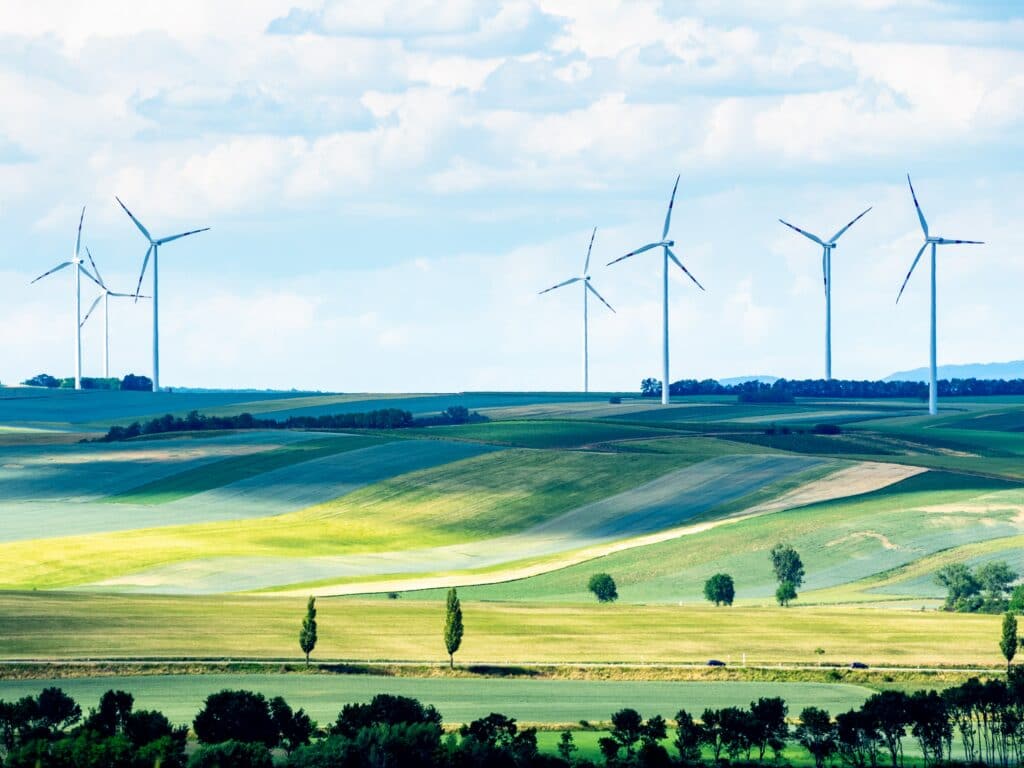Can Distributed Intermittent Renewable Generation Reduce Future Grid Investments? Evidence from France
The paper “Can Distributed Intermittent Renewable Generation Reduce Future Grid Investments? Evidence from France” will be presented at the FSR Sustainability Conference on “Greening Infrastructures” (22 June 2022).
Abstract
Increasing the share of electricity from wind and solar resources and electrifying sectors that traditionally consume fossil fuels such as transportation and space heating is the current consensus path to reducing global greenhouse gas emissions. For the most part, whether these wind and solar resources should be installed in the distribution network or in the transmission network depends on the extent to
which distribution network connected generation units reduce the need for future transmission and distribution (T&D) network investments. Large-scale wind and solar generation units connected to the transmission grid produce electricity at a significantly lower levelized cost than wind and solar units connected to the distribution network. As a result, unless the savings in future T&D network investments are substantial, large-scale solar and wind generation units connected to the transmission network are the least cost sources of renewable electricity.
The extent to which investments in distributed generation, particularly rooftop solar photovoltaic (PV), reduce the need for future T&D network investments is highly debated. In particular, many consultant reports claim significant avoided costs of future network investments associated with deploying distributed solar PV capacity. Yet, engineering studies often reach less optimistic conclusions. Virtually all these studies are based on simulation models of a small number of distribution networks. In contrast, this study aims at addressing this question based on actual power flows observed on distribution networks with various amounts of distributed generation.
We estimate the relationship between distributed generation investments and hourly net injections to the distribution grid at over 2,000 substations in France. We use hourly net injections at these substations and the deployment of about 25 gigawatts (GW) of distributed generation capacity between 2005 and 2018 to recover estimates of how different distributed generation technologies have impacted the utilization of distribution network capacity. More specifically, we estimate the impact of a 1 MW increase in each of five distributed generation technologies – solar PV, wind, small hydro, renewable thermal, and non-renewable thermal – on the percentiles of the annual distribution of hourly net withdrawals from the distribution network. These percentiles map to what is known in the power systems literature as the load duration curve, which is the main input to most investment decisions. We also estimate the impact of a 1 MW increase in each of the five distributed generation technologies on the percentiles of the annual distribution of hourly ramp rates, defined as differences in two consecutive hourly net injections to the distribution grid. Finally, we study the extent to which distributed battery storage investments might increase in the future the grid deferral potential of intermittent power generation technologies.
Our results suggest that, at least for the case of France, the savings in future T&D network investments cannot rationalize favouring distributed wind and solar generation units over their utility-scale counterparts.








